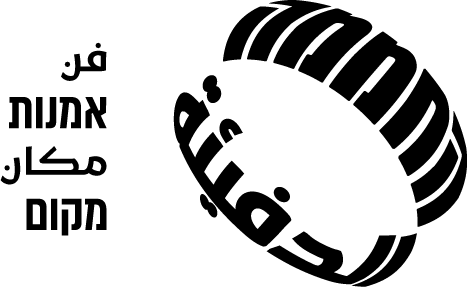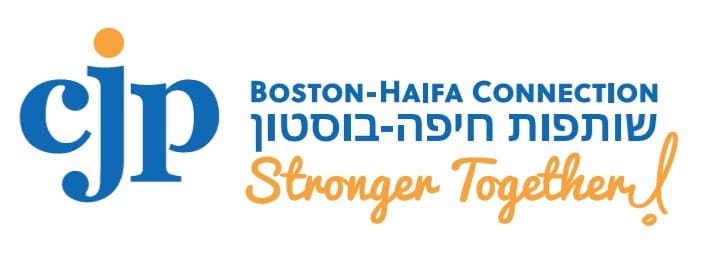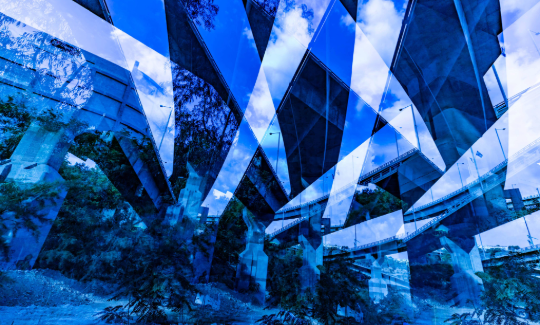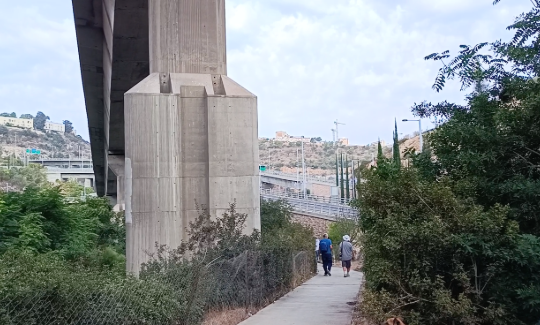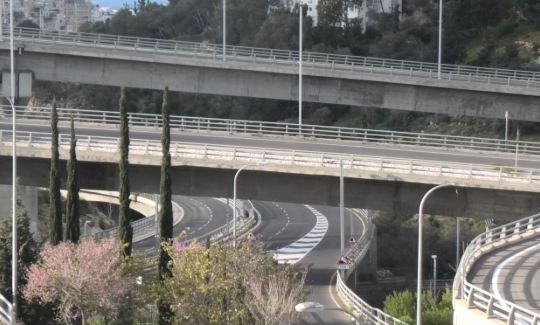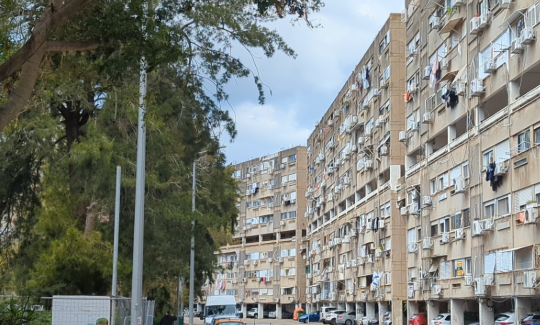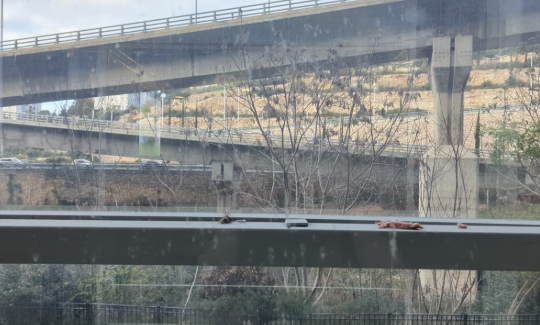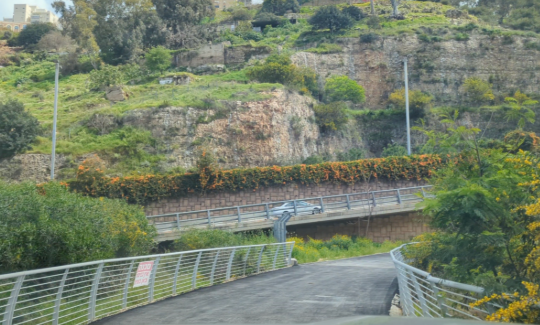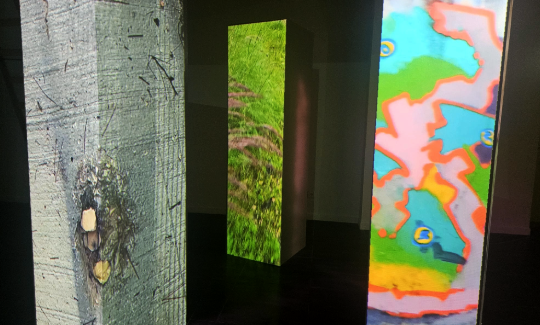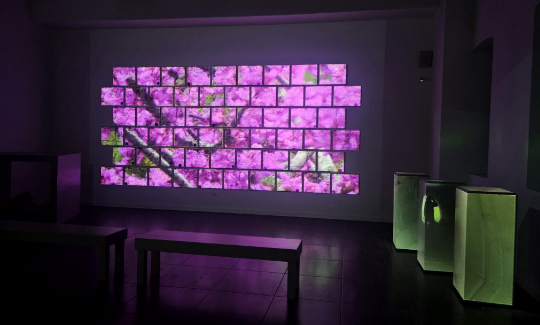Through the Creek I Saw the World | Odin Shadmi
Thursday, 18.04.24, 19:00
Saturday, 14.09.24
:
Yifat Ashkenazi
More info:
04-6030800
A dystopian vision appeared to Odin Shadmi's mind after working in the hi-tech industry. In her vision, our world is at a critical junction in time: progress, in which we've invested such a huge effort, overtakes us, leaving behind nothing but small traces of authentic nature. Following a dichotomous life experience, moving between the world of hi-tech and progress and a connection to nature, Shadmi decided to act.
In Haifa, she found a borderline area representing the encounter between man and nature. The city is home to several activist groups seeking to raise awareness and action for nature preservation. As a result of Shadmi's contact with two groups – "Paths of Haifa" and its activists, who see it as their role to protect Haifa's creeks – she discovered Giborim Creek (Nahal Giborim) from all its sides and in all its layers.
Giborim Creek (also called Wadi Rushmia) arises in the Ahuza neighborhood area and flows into the Mediterranean Sea in the Kishon region. The creek traverses many Haifa neighborhoods: Romema, Hadar's ultra-Orthodox section, Halisa, and Nave Sha'anan. Its different parts can be hard to detect today beneath the highly developed neighborhoods and the massive expansion of urban construction. Over the years, houses were built along the creek's course, with a number of families living there until they were evacuated in order to build roads.
The creek's aesthetics reflects the dichotomous reality of nature and urban sprawl and Shadmi's dystopian vision. The creek's course runs under the Grand Canyon shopping mall, opened in 1999, the large and complex interchanges of the Carmel Tunnels, inaugurated in 2010, and beneath the Nahal Giborim highway, opened in 2013. A very prominent visual disparity thus emerges between the natural and the built and artificial – between the flowing water, the vegetation, and the rocks, and the concrete structures, asphalt, and metal fences. To these spots Shadmi invited a group of professional and amateur photographers whom she had met a few times. The group gathered at the creek, took photographs, conversed, investigated, and experienced the place – its sounds, odors, and the remains of life still left there. The participants emerged from each such encounter with photographs and sequences of video and sound, and, above all, with multiple questions and thoughts.
Shadmi reworked the products and thoughts of the group into a video mapping work. The technique, which combines several coordinated screens, allows for parallel projection on walls, buildings, objects, and more. Thereby, inanimate objects come to life and become display surfaces. The choice of this medium is also ecologically significant, since the environmental impact of projection works is very low and leaves no "waste." The elements installed in the exhibition gallery were recycled and adapted especially for the show.
The exhibition seeks to introduce to visitors the world revealed to Shadmi and the group that joined her at Nahal Giborim – a world that poses critical questions for the future of us all.
Participants: Offer Jungman, Yevgeny K., Avihai Elbaum, Amnon Baum, Daniella Zadik, Tsippy Shpigel, Moshe Spiegel, Dany Eichengrin, Adam Kresh, Yair Gil.
Yifat Ashkenazi
Exhibition curator
